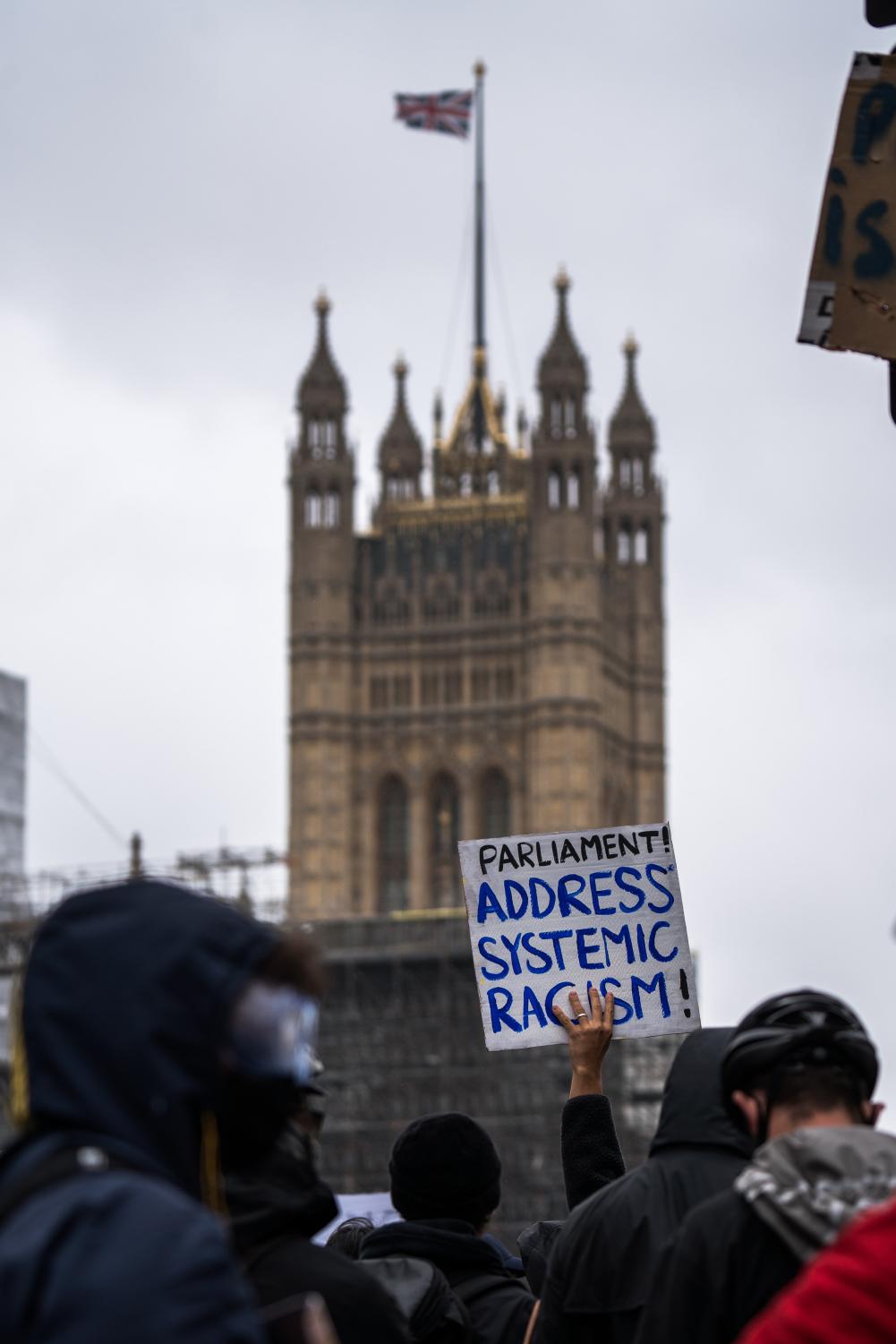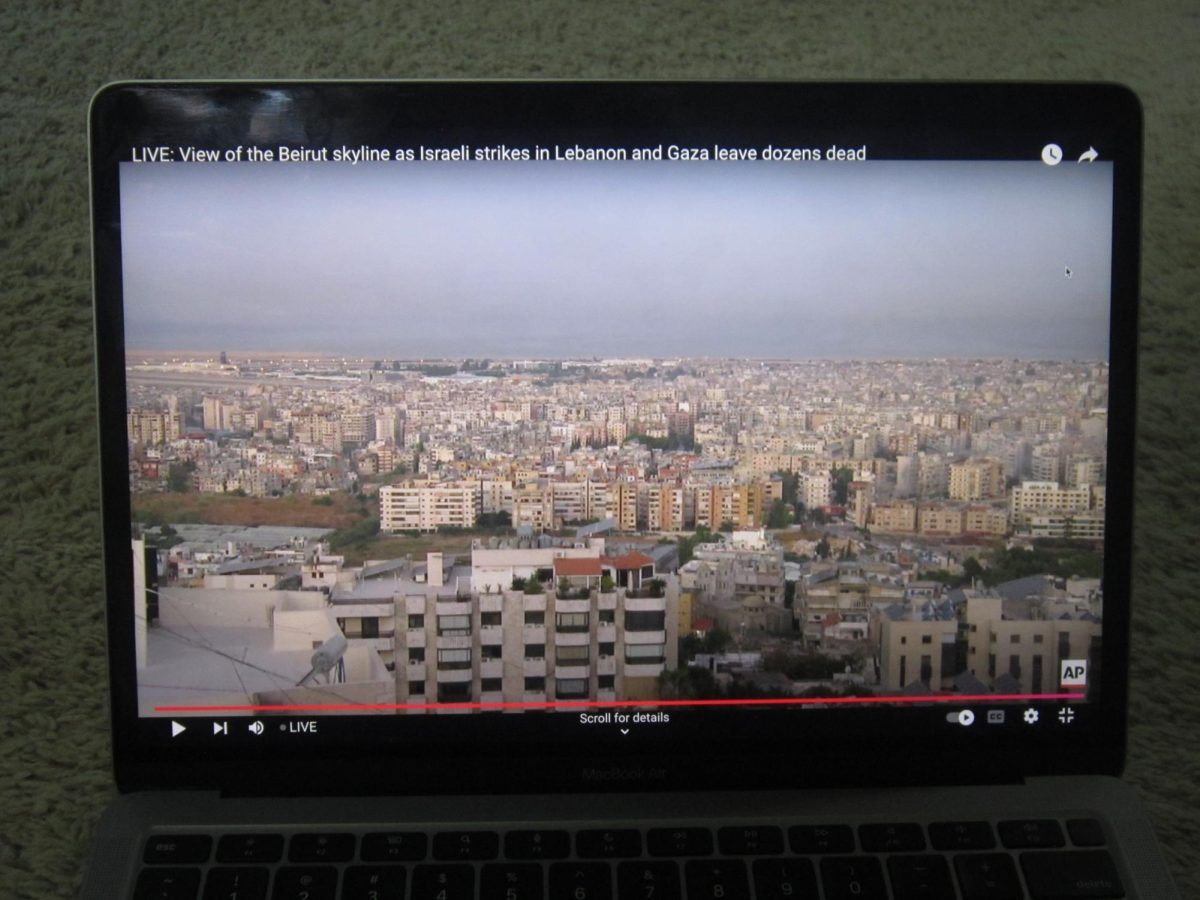Introduction
Racism and sexism- we’ve all heard of it, and we all know what it looks like- at least we think we do.
Many students are not educated enough on these issues and don’t know how prominent racism and sexism are in other countries compared to the United States. The purpose of this article is to shed light on what really goes on outside, and exactly how bad racism and sexism have truly become.
Sexism in Arab Countries
Around the world, mistreatment of women has been a significant issue; particularly in middle east countries. According to recent data, these countries have some of the lowest female employment rates in the world, with Afghanistan at 15%, Egypt also at 15%, and Iraq sitting less than both at 11%. For reference, in 2021, the world average was 46%.
Not only are women neglected in the workplace of these countries, but they have also been slow to incorporate women in political decision making. Thankfully, progress has been made, spurred through growing activism and protests: this has brought global attention to the problem.
Sexism in The Middle East
The mistreatment of women also extends to Iran. Some “social norms” of this country include blatant sexism: divorce and employment are all areas of an Iranian woman’s life that will need consent from her father or husband.
Iran isn’t the only place where women will be treated like second-class citizens; Afghanistan is also a nation where they must fear for their safety. The Taliban, which has been a very prominent group in the country, is notoriously known for suppressing woman’s rights.
From 1996 to 2001 the Taliban was in heavy control, and the world saw how they really treated woman. The group banned all education for women, and introduced punishments such as stoning, lashing, and amputation for those who weren’t escorted outside by a male family member, practically banning them from employment. While the Taliban isn’t as prominent in Afghanistan like they were many years ago, every day women must fear for their safety.
Thankfully,
Racism in South America
While sexism has been a very prevalent problem plaguing the globe, racism is another widespread issue. Ecuador, a small country in South America, also has problems with racism against people of African origin. According to Ahmed Reid, chair of the UN Working Group on People of African Descent in 2019, only 7.2% of Ecuador’s population consist of Afro-Ecuadorians, but they make up 40% of those living in poverty.
Research also displays how extreme the gap is between poor Afro-Ecuadorians and higher-class mestizos (a person of mixed race or European ancestry). This racism is shown to be widespread, limiting opportunities and access to basic education and employment.
Racism has also been known to affect the indigenous population of Ecuador as well. Back in 2019, protests about the widespread discrimination ensued after then president Lenín Moreno implemented austerity measures that disproportionately affected the indigenous people of Ecuador.
For both of these groups, the situation in Ecuador is dire and urgent: it’s crucial for awareness to spread about the problem in order to bring change.
Conclusion
Racism and sexism are two problems that are widespread across the globe. It is essential to know and be educated on these issues, and how they look everywhere: not just your state or country. People are suffering, and many citizens of the United States are unaware of how acceptable these chronic problems have become in other countries despite the obvious human rights issues.
Once you know how racism and sexism look in other places, make sure to
Organizations such as Women for Women International offer events to become educated on the injustices against women happening in the middle east and across the world. These events include several speakers who will discuss how to advocate for the rights of others in faraway countries. Taking part in organizations like this one will not only help you learn more about racism and sexism but will also help you make a difference in the fight for human rights.













